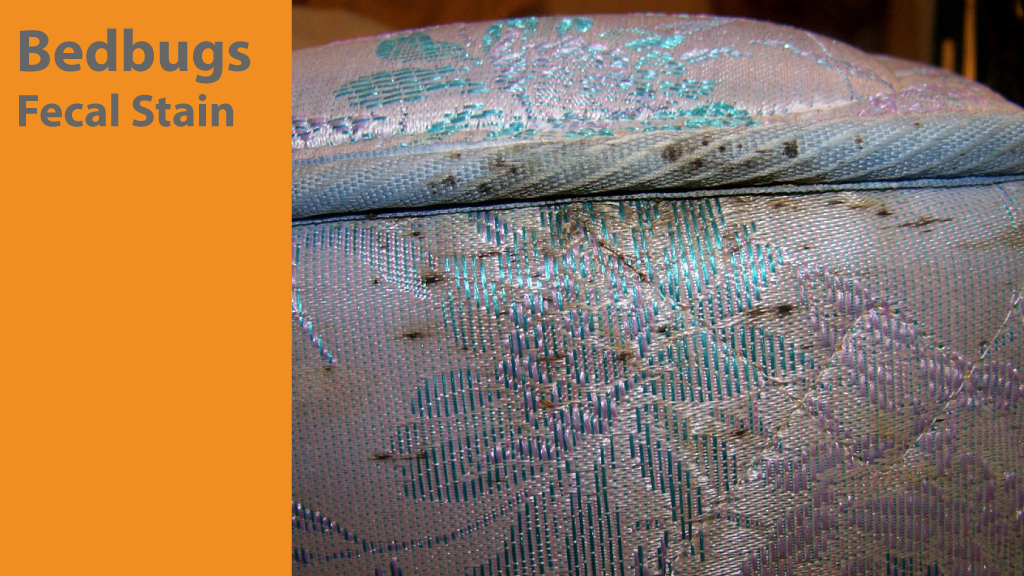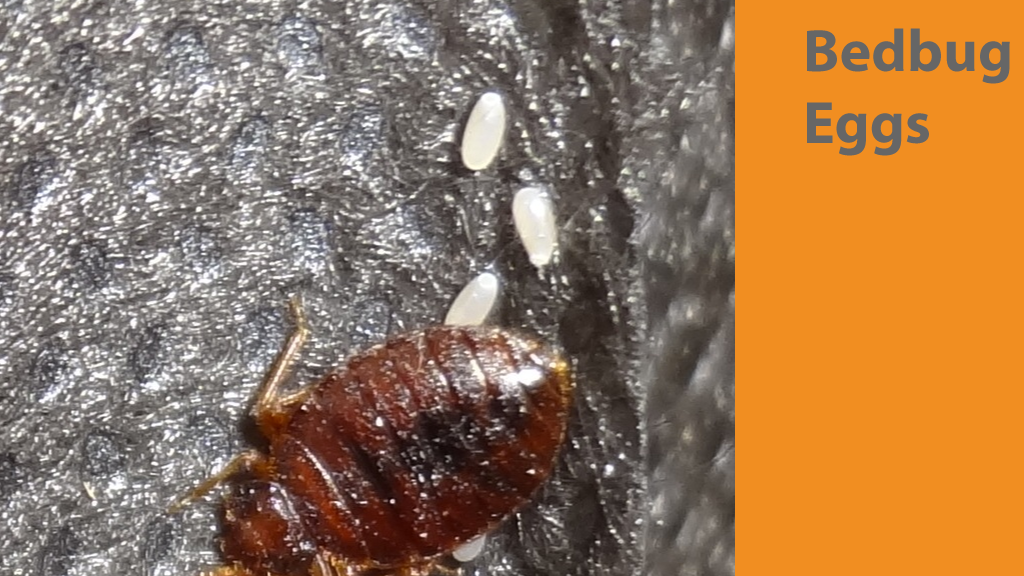
Here at Custom Bed Bug, we are thrilled to launch our new website. We designed this site to serve as a professional bed bug resource for anyone that needs reliable information about bed bugs and wants to learn about treatment options. Bed bugs can cause undue fear, stress, and anxiety and we’re here to help you learn what bed bugs are, where they came from, and how you can prevent or eradicate a bed bug infestation.
Detecting Signs of Bed Bugs
There are a few ways to determine if you have a bed bug infestation. We will walk you through exactly what you need to look for if you fear you may have a bed bug problem in your home including signs, behavior patterns, and hiding places. Remember, bed bug populations grow quickly, and have the biological capability of doubling their population every day. So if you think you may have an infestation, there’s no time to wait.
Physical Indication
The most reliable way of spotting a bed bug infestation is by finding physical signs of their presence. Look for these indicators in your bedding:
- Eggs and eggshells – these are tiny, pale yellow skins
- Excrement – this looks like a dark dot about the size that a marker would make
- Red or rusty stains
- Live bed bugs

Where They Hide
Bed bugs will hide in many places if they aren’t out feeding. Naturally, you can spot bed bugs in your bed, in the seams or tags of the mattress and box spring, and in cracks on the bed frame or headboard, but here are a few other places to look:
- Under loose wallpaper
- In drawer joints
- In the seams of furniture and between cushions
- Folds of curtains
- Where the wall and ceiling meet
- Electrical receptacles and appliances
- Luggage
- Under carpet edges
- Dog beds
- Door hinges
Behavior
Knowing how bed bugs behave will give you a better idea of where to find them. These tips will give you a better idea of bed bug behavior and living conditions. Bed bugs:
- Feed at least once every two weeks (but can live up to a year without feeding)
- Can lay between 1 to 3 eggs a day, and as many as 200-500 eggs throughout their life
- Average lifespan of ~6-12 months
- Can live nearly anywhere people reside
- Can feed on most mammals – so your pet could also be a host
- Travel 5-20 feet from a hiding spot when searching for food
- Only feed for a few minutes at a time

Bites
Don’t rely on bed bugs bites to determine if you have a problem. Some people don’t react to bed bug bites, and most bites usually look like a mosquito bite, hives, or a rash.
Thorough Canine Inspections
The most accurate and efficient means of finding bed bugs is employing the use of specially trained canines. These National Entomology Scent Detection Canine Association (NESDCA) certified canines inspect homes, hotels, and offices, and continually go through exercises to keep them sharp and focused. While adult bed bugs can be easy to spot, bed bugs nymphs and eggs are tough to locate. This is particularly the case with early or light infestations. With a heightened sense of smell, canines have an adapted ability to detect bed bugs quickly and efficiently.


